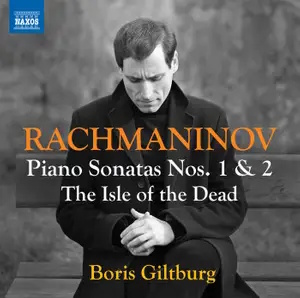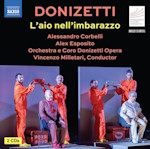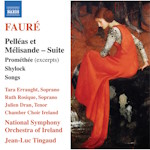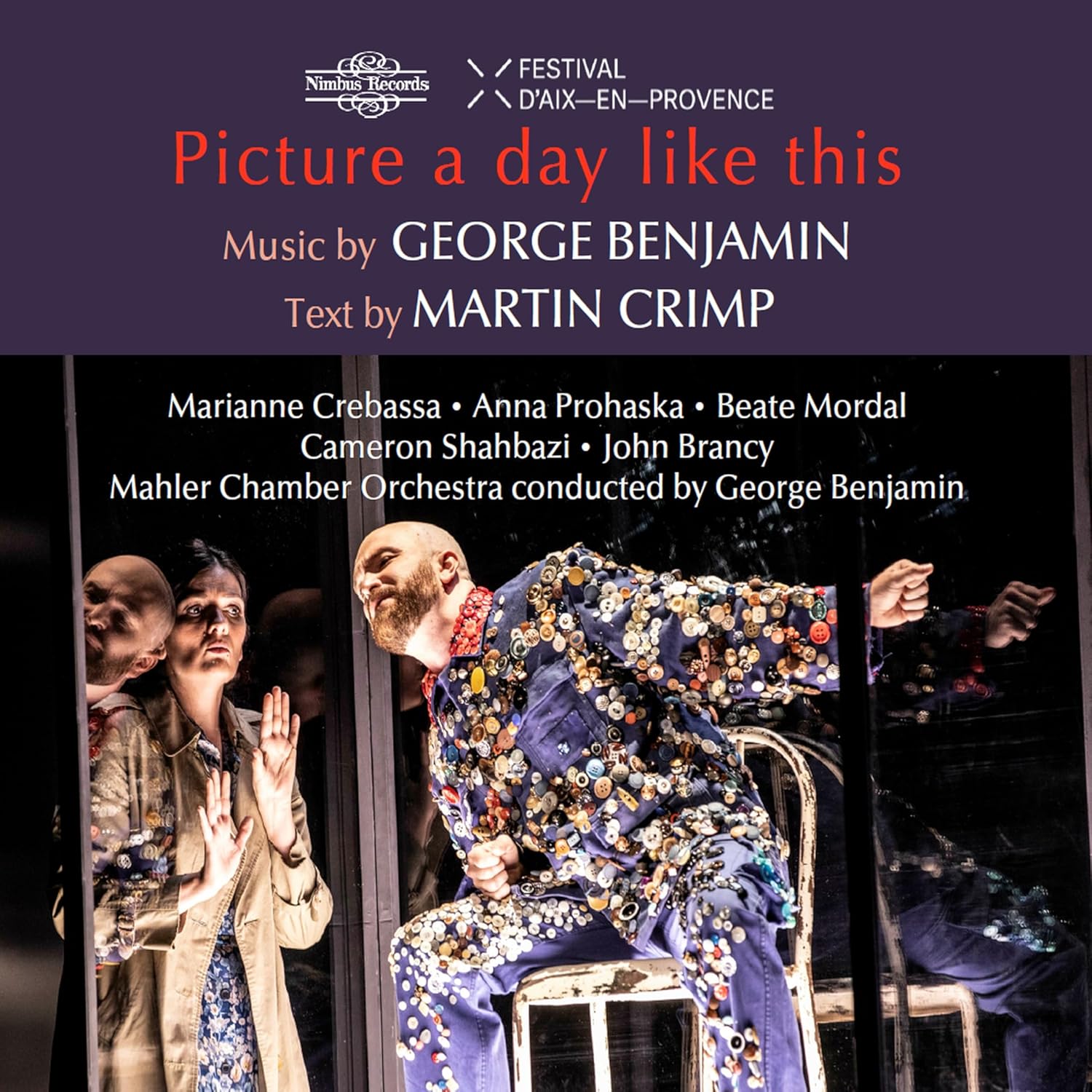
Sergei Rachmaninov (1873-1943)
Piano Sonata No.1 in D minor Op.28 (1907-1908)
Piano Sonata No.2 in B flat minor Op.36 (1913, revised 1931)
The Isle of the Dead (1909, arr. for solo piano by Georgy Kirkor and Boris Giltburg)
Boris Giltburg (piano)
rec. 2023, Saffron Hall, Saffron Walden, UK
Naxos 8.574601 [78]
Boris Giltburg’s widely recognised authority in Rachmaninov is sustained by his ongoing series of recordings for Naxos: the concertos, major solo piano compositions, and some unexpected transcriptions. A coupling of the two Sonatas would once have been a rarity. It is welcome news that this happens more now, as the leading virtuosi of next generation take them both on.
Rachmaninov’s First Piano Sonata, still underappreciated, is often described as rambling. Yet as with many of his larger works, it proves on closer acquaintance and study to be quite integrated, doing much with a few motivic cells. I do not hear it as rambling – searching or questing, rather. The Second Piano Sonata is heard here in the 1931 revised version which simplifies some textures and shortens the work considerably. The Isle of the Dead comes in Georgy Kirkor’s 1957 solo piano transcription, with Boris Giltburg’s revisions. That is surprisingly effective: the brooding manner of the work would seem to require the orchestra. While perhaps not a deciding factor, the transcription makes a successful filler.
The First Sonata originally had a programme based on the Faust legend; the three movements represented Faust, Gretchen and Mephistopheles (as in Liszt’s Faust Symphony). The composer abandoned that idea and only mentioned it to a few close friends. But some pianists have found it a useful way to think about some of the character and incidents of the music. That includes Boris Giltburg, as he explains in his excellent booklet note.
His performance is a dramatic one. After an imposingly announced first subject, the Meno mosso second subject chant is as restrained in its first appearance as it is mighty and sonorous at its climactic return. The playing in the lovely Lento is initially untroubled in its serene tranquillity, unlike the middle section where the pianist clearly articulates the turbulence right up to the sequence of trills in the coda. The bravura finale is fiendish – or Mephistophelean –– in its implacable progress, the rhythms taut. The cyclic appearance of themes from earlier movements register well as structural and dramatic signposts.
The Second Sonata, also cyclic, receives a performance that makes its echoes and thematic returns feel logical and satisfying. In the first movement, there is a compelling narrative sense. The climax of the development is effective with its exultant clangour of bell sounds. The Lento middle movement is sweetly ruminative, until supplanted by more agitated music> The Allegro molto finale sets the seal on this satisfying account of the revised version of the Sonata.
Comparisons are complicated because other couplings have different versions of the Second Sonata. The 1931 revision removed 120 bars, about a quarter of the music. These are real ‘jump cuts’ but there also are many small changes, and some new passages have been brought in. So, these are two different works – almost if not completely. Some pianists have recorded the second version but brought back some passages Rachmaninov deleted from the first version, thus producing an unpublished hybrid of their own. Amongst the performers of the two Sonatas, Nikolai Lugansky (Naïve, 2012) and Rustem Hayroudinoff (Onyx, 2017) confess to having done this.
Giltburg is an unapologetic believer in the revision as written, and his helpful notes tell us why. Alongside these three fine discs, one must also consider that by Xiayin Wang (review): she too plays the revised version of No.2. Both discs are very successful. Both artists have in abundance what this music needs – technique and temperament. Giltburg’s disc is certainly one for the growing shortlist of those which offer both essential works.
Roy Westbrook
Buying this recording via a link below generates revenue for MWI, which helps the site remain free




















